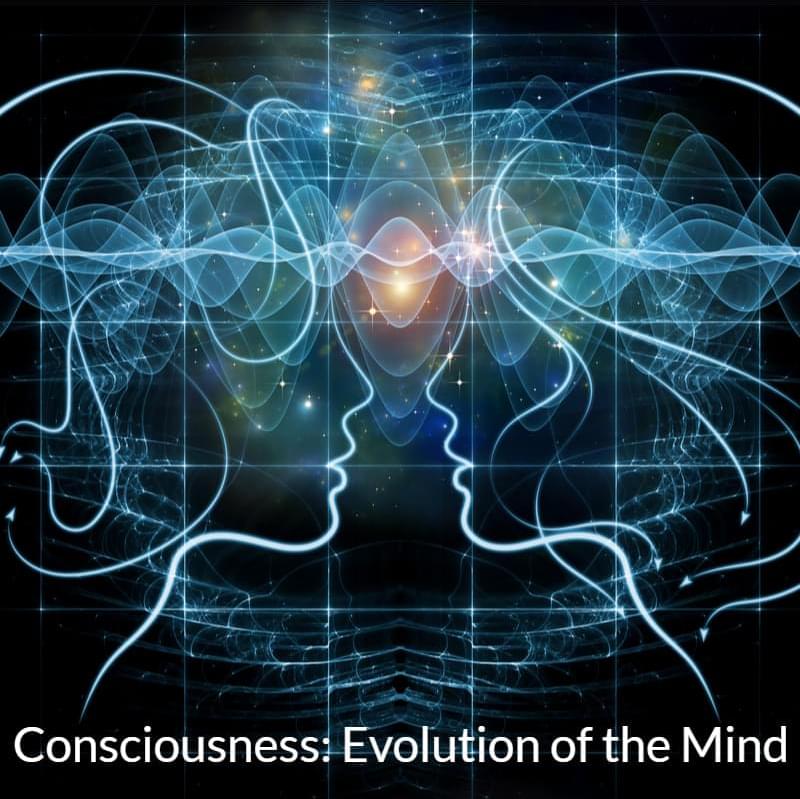Radical ideas shaping human evolution.


Oyinkro OhimorOEC is the change.
Oyinkro Ohimor.
Jose Ruben Rodriguez Fuentes shared a link.
The Future is Wild is a series aired in 2002 (official website of the original show: https://www.thefutureiswild.com/) that explored how life could evolve in 3 different time scales: 5,100, and 200 million years into the future. presenting very different possible scenarios.
In these 20 years, some of these creatures would have a different look according to the current knowledge, although most changes are still pure speculation.
Instagram: @mariolanzarensis.
In this video we discuss, Science Fiction book, “Children of Time” By Adrian Tchaikovsky. It’s the best book I’ve read this year by a long shot! It’s about evolution, consciousness, humanity’s future, and more! Also SPIDERS!
Music: Planet Gammu by Jamez Dahl.
Art:
https://www.adammiconi.com/artwork/fantasy-art/
https://cdnb.artstation.com/p/assets/images/images/010/889/3…nia-x5.jpg.
https://www.artstation.com/artwork/v2G1dD
https://www.artstation.com/artwork/alien-spiders.
https://www.artstation.com/artwork/oOZy6q.
https://www.deviantart.com/macarious/art/super-serious-Scientist-812305030
FOLLOW QUINN ON TWITTER: Twitter: https://twitter.com/IDEASOFICE_FIRE
Three-Body Playlist: https://youtube.com/playlist?list=PLRXGGVBzHLUfIzEhovpQJ2ENiNvJoOD2A

“The Earth has entered a radically new era, understood by scientists as the Anthropocene: a time when humanity reckons with massive geologic and biospheric forces we, as anthropos, have set in motion. The agency of Nature and the reality of humanity as a collective geologic force is becoming understood differently, even within the Western paradigm. It is a new world our children will inherit, for if humanity is to survive, we must come into new realizations of our place within the planetary life-support systems. To lay a path for future generations through the evolutionary steps that humanity must now take to learn to live in balance with the planet, science must come to balance with Spirit.” ―Oberon Zell, GaeaGenesis.
#OberonZell #GaeaGenesis #GaiaHypothesis #SyntellectHypothesis #GlobalMind #theosophy #consciousness
In the early 1970s, celebrated philosopher and mystic Oberon Zell was the first to propose the radical idea that the biosphere of Earth was a single living superorganism. His initial article on the subject electrified the emerging modern movement of Earth-based spirituality, generating volumes of correspondence, lecture tours, and further articles in various journals and books.
The excitement was the result of a simple yet profound idea. Imagine for a moment that Earth is alive. Not just teeming with living things, but a living, vital organism encompassing the whole of the planet. This is how Oberon Zell imagines it in GaeaGenesis 0, but it is more than imagination or mere metaphor. GaeaGenesis is the first work to fully integrate the mythological, spiritual, biological, and social history of what has become known as the Gaea Thesis. It builds upon this history by exploring the profound implications of the thesis, which is as significant to our understanding of the world and our place in it as the heliocentric theory of the solar system and Darwin’s theory of evolution once were.
GaeaGenesis culminates five decades of work developing Zell’s thesis, building on his own original ideas as well as those of renowned scientists, philosophers and spiritualists who preceded him. The works of mythologist Joseph Campbell are referenced, as are the studies of psychologist Carl Jung, whose concept of a “Collective Unconscious” ushered in a new understanding of a human-based Global Mind. In addition, GaeaGenesis draws upon the work of Nobel Prize-winner Al Gore to illustrate the emerging realization that climate change affects a vast web of interdependent ecosystems.

Yale researchers can now quantify the factors causing changes in the DNA that contribute most to cancer growth in tumors of most major tumor types.
The new molecular analysis approach brings clarity to a longstanding debate over how much control humans have over developing cancer across time.
The study was published in Molecular Biology and Evolution.
This menagerie includes three spiral-shaped galaxies, an elliptical galaxy, and a lenticular (lens-like) galaxy. Somehow, these different galaxies crossed paths in their evolution to create an exceptionally crowded and eclectic galaxy sampler.
Caught in a leisurely gravitational dance, the whole group is so crowded that it could fit within a region of space that is less than twice the diameter of our Milky Way.
The Milky Way is the galaxy that contains the Earth, and is named for its appearance from Earth. It is a barred spiral galaxy that contains an estimated 100–400 billion stars and has a diameter between 150,000 and 200,000 light-years.

An analysis of the genetic material in the ocean has identified thousands of previously unknown RNA viruses and doubled the number of phyla, or biological groups, of viruses thought to exist, according to a new study our team of researchers has published in the journal Science.
RNA viruses are best known for the diseases they cause in people, ranging from the common cold to COVID-19. They also infect plants and animals important to people.
These viruses carry their genetic information in RNA, rather than DNA. RNA viruses evolve at much quicker rates than DNA viruses do. While scientists have cataloged hundreds of thousands of DNA viruses in their natural ecosystems, RNA viruses have been relatively unstudied.
With the constant evolution of data science, you need to be skilled in cutting-edge technologies in the field. In this article, we will look at the top programming languages used in data science.
Data has become enormously valuable in the last decade.
Every big company out there has valuable data that, with the help of a good data scientist, can benefit the way they do their business. In other cases, pinpoint strategies that may not be working that well.

In our own not-so-distant future we’ll witness the emergence of synthetic superintelligence as a new kingdom of life. Whether that will happen in 5 or 50 years doesn’t really matter, we are firmly on the path of facilitating its emergence — synthetic intelligence is an extension of us, natural intelligence, the future version of ourselves. On a long billions-of-years evolutionary journey from the first primordial prokaryote to a Solaris-like planetary mind, we’re merely years away from this cardinal metamorphosis.
#CyberneticTheoryofMind #consciousness #evolution #mind
“Consciousness cannot be accounted for in physical terms. For consciousness is absolutely fundamental. It cannot be accounted for in terms of anything else. ―Erwin Schrödinger.
This article has been sponsored by Amazon India.
M etaverse has been touted to be the next big thing to bring about a global evolution, not just in technology but in almost every sector.
Something that was considered possible only in Sci-Fi novels, films, series and video games a few years back is now a reality. A convergence of the augmented, physical and virtual reality, Metaverse is a digital world with endless possibilities. In a post-pandemic world that expedited the emergence of virtual spaces, Metaverse provides an opportunity to establish connections through its immersive technologies.